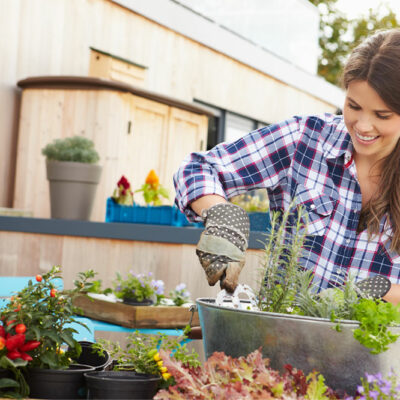
01
Top 5 Things to Know About Apple Vision Pro
Apple, one of the leading companies in technology and innovation, has been keeping its latest project under tight wraps on the Augmented Reality (AR) platform. This has left many to speculate about what this Virtual Reality (VR) device will bring to the table. This article gives customers a sneak peek at the next big thing in VR and why the Apple Vision Pro headset is something they should snag when it’s available for sale. Here’s what one needs to know about the Apple Vision Pro headset: 1. Release date and price Apple recently unveiled its Vision Pro headset, showcasing the cutting-edge VR device’s remarkable features and capabilities. The Apple Vision Pro headset will be available in early 2024. While the specific release date has yet to be disclosed, customers can expect to get their hands on this revolutionary gadget soon. But what about the price? The Apple Vision Pro headset is positioned as a premium device, with a price point of $3499. This may seem steep, but given the advanced technology and immersive experiences it promises to deliver, many VR enthusiasts may find it worth the investment. 2. Design Apple’s Vision Pro boasts an innovative design focused on comfort and usability. It offers a stylish and functional design. Crafted with a single piece of three-dimensional laminated glass that seamlessly flows into an aluminum alloy frame, this headset is a testament to Apple’s commitment to innovation. The design is durable and lightweight, providing a snug fit that blocks unwanted stray light. The Apple Vision Pro is as comfortable as they come. The headband is made of a soft, breathable material that provides cushioning and offers excellent support. Additionally, the headset features a fit dial, allowing users to adjust it to their head size easily. 3. Technical specifications The Apple Vision Pro virtual reality headset has innovative features and cutting-edge technology for an immersive VR experience.
Read More 


